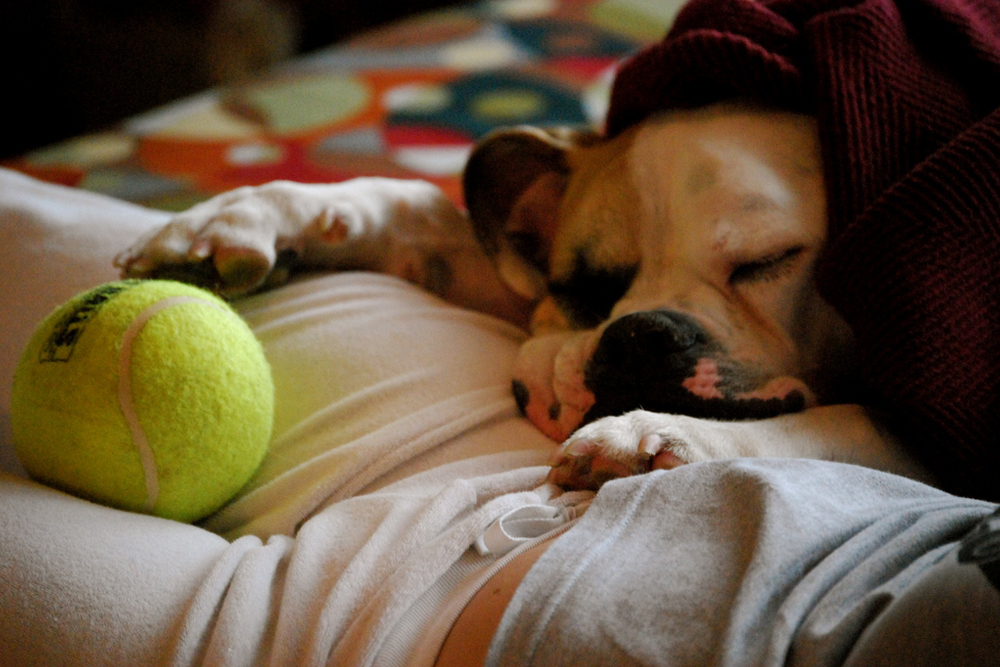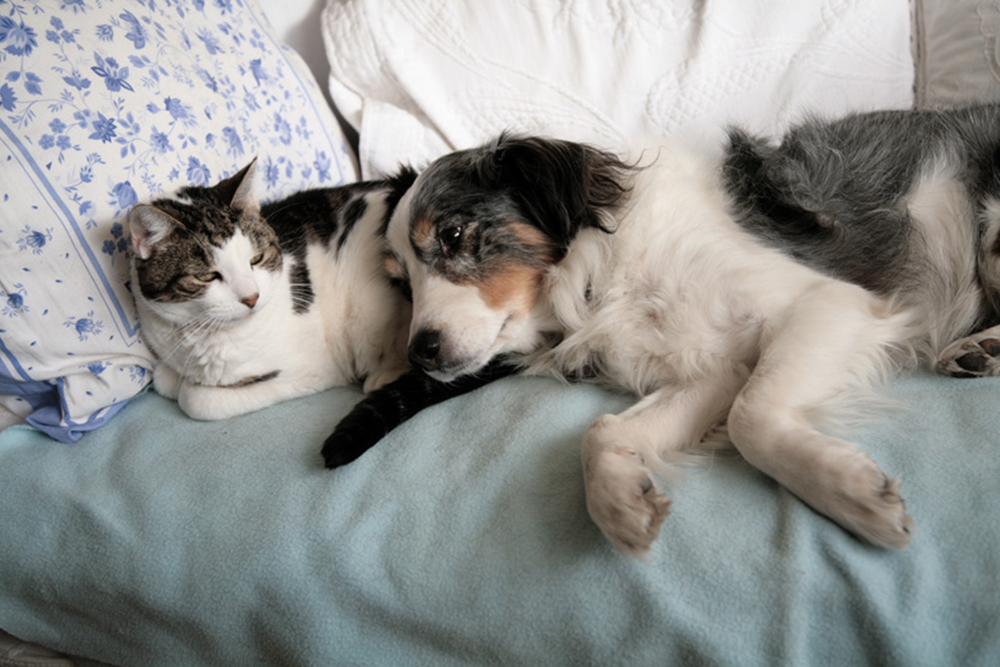6 Activities for Lazy Pets: Keep Them Active with Little Effort

Do you love your pets, but is he the type that would rather lie on the couch than play in the backyard? If you are concerned about your pet’s health and well-being, there are some activities for lazy pets that can help them move more without too much effort.
In this article, we’ll show you some tips on how to encourage your pet to do physical and mental exercises in a fun and pleasurable way. In addition to improving your pet’s quality of life, you will also strengthen the bond between you and make your routine more lively.
But before you start, it’s important to know why some pets are lazier than others and what risks this can bring to their health. Let’s go?
Related articles
1- How to introduce new foods to your pet’s diet
2- 5 Tips to maintain your pet’s healthy weight
3- Natural foods that can be included in your pet’s
4- The benefits of a natural diet for dogs and cats
Why are some pets lazy?
The laziness of pets can have several causes, from genetic to environmental factors. Some dog and cat breeds are naturally calmer and sleepier than others, such as bulldogs, basset hounds, Persians and ragdolls.
In addition, the pet’s age, weight, climate, diet and lifestyle can also influence its energy level. Older or obese pets tend to be slower and more tired than young or thin ones. Pets that live in places that are too hot or too cold may be less willing to exercise than those that live in milder temperatures. Pets that eat industrialized or excessive food can become more sleepy and discouraged than those that follow a balanced and natural diet. And pets that spend a lot of time alone or without stimulation can develop boredom and depression, which affect their disposition and mood.
What are the benefits of keeping pets active?
Keeping pets active is essential for their physical and mental health. The benefits are numerous, such as:
- Prevent and combat obesity, which can cause problems such as diabetes, arthritis, heart and respiratory diseases;
- Strengthen muscles, joints, bones and the immune system;
- Improve blood circulation, digestion and organ functioning;
- Reduce stress, anxiety and aggression;
- Increase self-esteem, confidence and sociability;
- Stimulate intelligence, creativity and memory;
- Provide fun, pleasure and well-being.
How to do activities for lazy pets?
Now that you know why it’s important to keep your pet active and what the benefits of it are, let’s see some ideas of activities for lazy pets that you can do with your pet at home or outdoors. Remember to respect your pet’s pace, limitations and preferences and to offer fresh water and shade whenever necessary.
The first thing to do is assess the environment in which your pet lives. If he spends most of his time in a small, drab space, he may be unmotivated to move around. Try to make the environment more interesting for him by offering varied and stimulating toys. It’s important to remember that interactive toys, such as those that offer rewards, are great for encouraging physical and mental activity.
Another option is to incorporate small activities into your pet’s daily routine. For example, having him walk up and down stairs a few times a day can help strengthen his muscles and improve his cardiovascular health. Playing hide and seek or games of search with the pet are also excellent activities that can be easily incorporated into the daily routine.
A common problem for lazy pets is a lack of interest in walks. However, there are some tips that can help make walking more attractive for your pet. Try to choose routes with different scents and offer rewards along the way. In addition, considering using a specific collar, such as a chest collar, can help distribute weight more comfortably and reduce your pet’s fatigue.
Water toys are great options for lazy pets during hot summer days. A simple plastic pool or hose can provide fun and exercise. It is important to remember, however, that it is not recommended to leave your pet alone in the water, especially if he does not know how to swim.
Food enrichment activities instead of offering the meal in a food bowl, try using food toys such as jigsaw puzzles for pets. These toys challenge the animal to use its mental and physical abilities to obtain food, which can be an excellent form of exercise for lazy pets.
Training Sessions Simple, quick training sessions can be great activities for lazy pets. Basic commands such as sit, down and paw can be taught in short periods of time and stimulate the pet’s mental activity.
Hydrotherapy Classes Hydrotherapy is an excellent option for lazy pets who need exercise with little impact on their joints. Swimming lessons in pet pools can help improve cardiovascular health, flexibility and muscle strength.
Shadow Games Pets love to chase shadows and lights, and this can be a great way to encourage them to move. Use a flashlight or any object that casts shadows to create a fun and stimulating game for your pet.
Therapeutic massage: In addition to relaxing, therapeutic massage can help improve flexibility and relieve muscle pain in lazy pets.
Pet Trampoline A pet trampoline is a great option for exercising your pet’s entire body. The trampoline provides a low-impact workout that helps improve cardiovascular health, flexibility and muscle strength.
Another activity for lazy pets that might be interesting is massage therapy. Massages can help reduce your pet’s anxiety and stress, as well as improve blood circulation and flexibility. There are many tutorials online that teach specific massage techniques for pets.
Finally, consider the possibility of a routine of activities supervised by a qualified professional. Some venues, like pet daycare centers, offer a variety of activities for lazy pets, including playtime and swimming. In addition, owners can hire a dog walker to ensure that their pet is regularly exercised and receives the attention and stimulation it needs.
To keep your pet happy and healthy, it is important to remember that activities must be adapted to the specific needs of each animal. Smaller breed dogs, for example, may prefer toys with different textures, while cats may prefer toys that stimulate their hunting instinct.
Sobre o Autor




0 Comentários